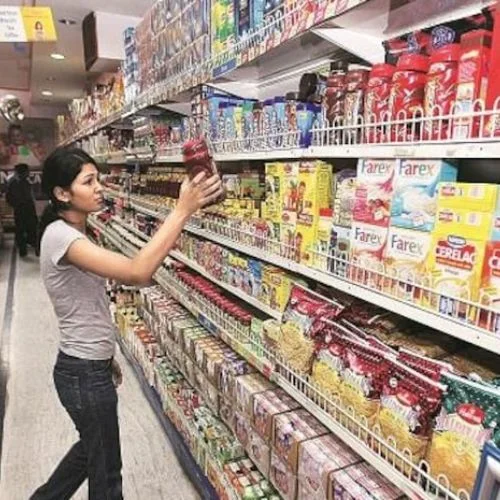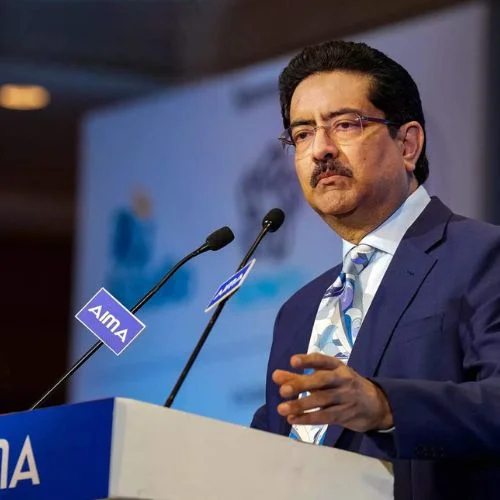Consumers won’t have a fixed rate throughout the day, consumers will now be charged for electricity based on the time of day. The Ministry explained that the price of electricity will vary according to different time periods. Power Minister RK Singh emphasized that ToD tariff is a win-win situation for both consumers and the power system. The tariff, which consists of separate rates for peak hours, solar hours, and normal hours, sends price signals to consumers to manage their electricity usage accordingly.
By raising awareness and effectively utilizing this mechanism, consumers can reduce their electricity bills. The Minister further stated that since solar power is cheaper, the tariff during solar hours will be lower.
Image-:
In a groundbreaking reform move, the Power Ministry announced on Friday that it has made significant amendments to the Electricity (Rights of Consumers) Rules, 2020. These amendments include the introduction of Time of Day (ToD) tariff and the rationalization of smart metering provisions.
Rather than having a fixed rate throughout the day, consumers will now be charged for electricity based on the time of day. The Ministry explained that the price of electricity will vary according to different time periods. Power Minister RK Singh emphasized that ToD tariff is a win-win situation for both consumers and the power system. The tariff, which consists of separate rates for peak hours, solar hours, and normal hours, sends price signals to consumers to manage their electricity usage accordingly. By raising awareness and effectively utilizing this mechanism, consumers can reduce their electricity bills. The Minister further stated that since solar power is cheaper, the tariff during solar hours will be lower. On the other hand, during non-solar hours, when thermal power, hydropower, and gas-based capacity are used, the costs are higher, and this will be reflected in the Time of Day tariff.
According to Singh, the ToD tariff will improve the management of fluctuations in renewable energy generation, encourage higher demand during periods of high renewable energy generation, and ultimately increase the integration of larger quantities of renewable power into the grid.
Under the ToD tariff system, the tariffs during the specified solar hours of the day (eight hours as determined by the State Electricity Regulatory Commission) will be 10-20 percent lower than the normal tariff, while the tariffs during peak hours will be 10-20 percent higher. The ToD tariff will be applicable to commercial and industrial consumers with a maximum demand of 10 KW and above from April 1, 2024, and to all other consumers except agricultural consumers from April 1, 2025. The tariffs will become effective immediately after the installation of smart meters.
The industry has warmly welcomed these new regulations. Srinivasan Vishwanathan, CEO of Vibrant Energy, described it as a positive step towards establishing a market-based pricing model for the Indian electricity market. He highlighted that the current market structure lacked a mechanism to price the supply-demand mismatch. The introduction of ToD pricing signals will not only encourage the development of an active stationary storage market but also incentivize projects to shift their power delivery timing. Vishwanathan emphasized that Vibrant Energy has been offering round-the-clock renewables through its wind-solar hybrid projects, anticipating that the Indian electricity market will align with global standards.
The Ministry has also simplified the rules for smart metering to ensure convenience and prevent harassment of consumers. The penalties for exceeding the maximum sanctioned load or demand have been reduced. The amended metering provisions state that no penal charges will be imposed on consumers based on the maximum demand recorded by the smart meter before its installation. Furthermore, the procedure for revising the maximum demand has been rationalized, allowing upward revisions only if the sanctioned load has been exceeded at least three times in a financial year. Additionally, smart meters will be read remotely at least once a day, and the data will be shared with consumers to enable them to make informed decisions about their electricity consumption. The Power Ministry has approved 3.01 crore smart meters under the Remote Display and Smart Meter (RDSS) scheme.
In conclusion, these reforms in the electricity sector mark a significant milestone. The introduction of ToD tariff and the rationalization of smart metering provisions will not only benefit consumers but also contribute to better management of renewable energy, increased grid integration, and the development of a market-based pricing model. The industry’s positive response reflects the anticipation of benchmarking the Indian electricity market to global standards.















